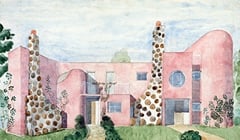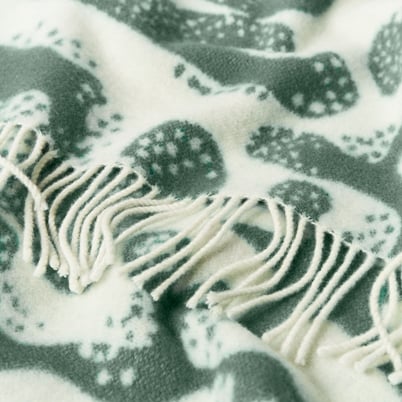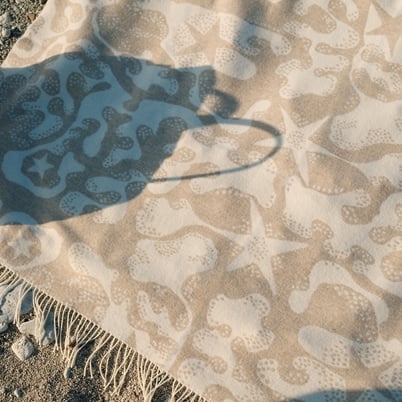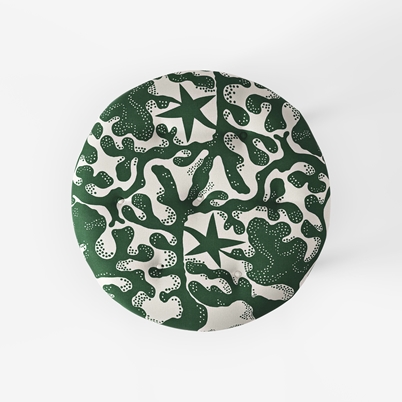Aristidia is one of Josef Frank’s earliest prints. He designed it in the 1920s for Haus und Garten, his company in Vienna. It was originally called Tang, the German word for seaweed, but was renamed to Aristidia when the print was later produced in Sweden for Svenskt Tenn. Many believe that the inspiration for the print came from the seaside town of Falsterbo on the south coast of Swedish, where Josef Frank often spent summers with his wife, Anna Frank.
- Gifts
- Josef Frank
- Textiles
-
Table setting
Back See all within Table setting
- Cutlery
- Trays
- Tablecloths & Runners
- Table setting details
- Glasses & Cups
- Jugs & Carafes
- Napkins & Napkin Holders
- Plates & Bowls
- Placemats, Trivets & Coasters
- Serving plates & Platters
- Drink Accessories
- Accessories
- Wallpaper
- Lighting
- Pewter
- Furniture
- Fashion
- Contact
- Services
- Inspiration
- Magazine
- Exhibitions
- About Svenskt Tenn
-
Country





















































































